Last week a 1.7 MW Bright Thinkers Power Station was commissioned and fully functioning on industrial property group Goodman’s Oakdale Park Estate in Western Sydney — the excitement lies in the fact that smart switching technology, developed by Epho Commercial Solar in collaboration with Siemens, allows flexible supply of electricity, both behind the meter to tenants of the estate as needed and into the National Electricity Market (NEM).
The development of the technology, partly funded by an Australian Renewable Energy Agency (ARENA) grant of $497,000 under its Advancing Renewables program, opens up the possibility of using commercial and industrial rooftops — nationally estimated to offer 30 GW to 50 GW of potential solar generation — to host solar PV, thereby benefiting landlords who lease their rooftops to the solar asset owner and commercial tenants who receive cheaper energy than they can currently get from the grid.
Epho’s Managing Director, Dr Oliver Hartley recalls looking down from flights over industrial estates around airports and seeing hectares of rooftop opportunity, but he tells pv magazine, “The issue was how to overcome the split incentive problem,” — incentives for the property owner, tenant and solar asset owner to participate had to be brought into alignment.
Building flexibility and a triple win into urban utility-scale solar
Epho partnered with Siemens, using the companies proven, reliable components, and jointly developing algorithms that would allow distribution of power from its envisaged Bright Thinkers Power Station (BTPS) both to the building tenant under a power purchase agreement, and via a separate connection into the wholesale electricity market. The functionality has now been demonstrated at the Goodman’s property, achieving Milestone 2 of ARENA project-funding requirements.
In 12 months, the final ARENA milestone will be met when Epho provides a review of the technology’s performance during its first year and shares its learnings with the energy and property communities.
ARENA foresaw the merits in the system being able to “unlock further investment and installation of solar PV on the entire usable roof space of commercial and industrial buildings,” it says on its project website. Until now, the size of commercial rooftop PV systems has been limited in size by tenant demand.
Epho’s BTPS technology means tenants don’t have to buy all the solar energy generated by industrial-sized rooftop systems in order for the investment to make sense: “If the tenant moves out, we trade the electricity on the NEM,” says Hartley. “If the tenant needs more power because they want to increase automation of their processes, we can provide more solar.”
Meeting the sustainability goals of corporate energy consumers
In this case Goodman developed the warehouse for DHL Supply Chain Australia and New Zealand, which runs a state-of-the-art pharmaceutical warehouse facility at the site.
Saul Resnick, CEO of this DHL division, said in a statement celebrating commissioning of the first BTPS, that its warehouse “has complex energy requirements and this system allows flexibility”. Onsite solar generation also dovetails with the broader Deutsche Post DHL Group’s GoGreen environmental protection program, which is committed to reducing its logistics-related emissions to zero by 2050.
Goodman itself is targeting carbon-neutral emissions from its operations by 2025, and as part of that commitment has so far installed more than 45 MW of solar PV on its global properties, with a goal to achieve 100 MW of worldwide installations by 2025.
Hartley estimates that the BTPS can currently offset 40-50% of tenants’ consumption from the grid with solar energy — and potentially more when battery integration becomes viable — enabling companies’ green ambitions as well as access to lower cost electricity.
Grid-side, there’s plenty to beam about
From grid and generator-development perspectives, the advantages of locating substantial generation close to the greatest urban load centres are numerous:
- Firstly, marginal loss factors, or the adjustments made by the Australian Energy Market Operator (AEMO) for calculated transmission losses from generation point to the nearest regional reference node, are negligible — this first BTPS on the outskirts of Sydney has had MLFs of 0.9996 in 2019, and 0.9994 in 2020. Says Hartley, “This changes the whole investment case, compared to the variability experienced by other utility-scale solar farms”, often located at the edge of the grid.
- In terms of social license to operate, he says, “We don’t need environmental impact studies, or use agricultural land.”
- Grid connection is faster, “and to a certain degree, it’s easier than for big utility solar farms”, says Hartley.
- And compared to the complexity of co-ordinating residential rooftop PV to benefit all stakeholders, commercial and industrial PV managed across the portfolio of a property group such as Goodman, will be far more wieldy. “We have SCADA systems in place, the management platforms, the link to AEMO, the market settlement and transfer solutions (MSATs) — so suddenly you can have 1,500 MW of potential across the portfolio of just one big landlord,” he says.
World-first technology will find widespread application
Epho has filed a global patent for its new switching technology, which it believes is unique, and likely to have application in many other markets. “In Japan, for example, their feed-in tariff is coming to an end and the electricity market is opening up to participants,” says Hartley. “We believe there is an opportunity to take these kinds of Australian developments overseas and really make a difference.”
In the meantime, Epho is in negotiation with other commercial property owners to grow the prevalence of Australia’s urban power stations. As the nation emerges from Covid-19 restrictions, industrial landlords can play a substantial role in restarting the economy, says Hartley, by enabling cost-effective urban power stations and helping tenants reduce their operating costs — while themselves drawing a new revenue stream by leasing their rooftops.
In its work as an EPC and O&M provider, Epho has contributed to supermarket chain Aldi’s rooftop solar rollout; it recently installed one of the biggest solar car parks in Australia on the rooftop real-estate of Townsville’s Willows Shopping Centre and was instrumental in uniting the many stakeholders at Brisbane Airport to install 6 MW of solar across six sites.
Hartley says the company, which has been progressing numerous projects during the Covid-19 pandemic, has grown its employee base over the past few months, and its innovation focus is on technologies that will further integrate on-site generation of commercial and industrial solar with the grid.
The development of the switching technology behind BTPS could not have progressed without ARENA assistance, says the Epho MD: “ARENA funding was absolutely instrumental”, he tells pv magazine, in getting this demonstration project into operation.
Such bright-thinking concepts will continue to need financial assistance in their early stages, if Australian innovation is to accelerate the world’s transition to a low-emissions economy.
This content is protected by copyright and may not be reused. If you want to cooperate with us and would like to reuse some of our content, please contact: editors@pv-magazine.com.
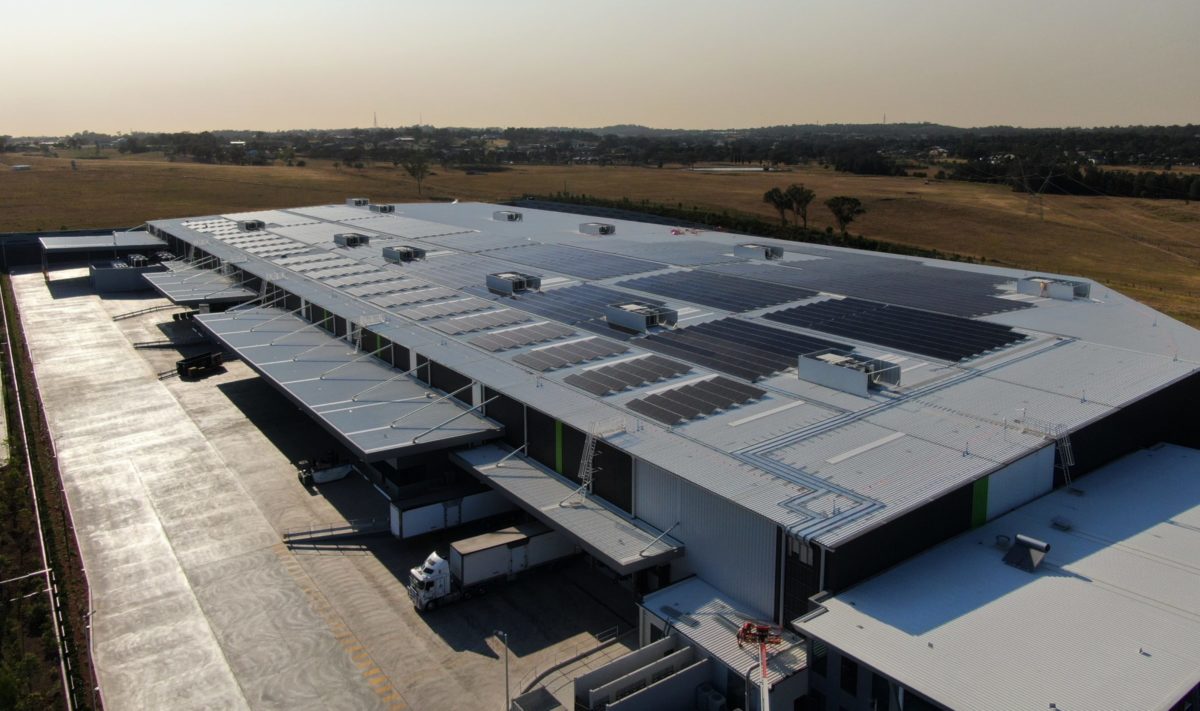
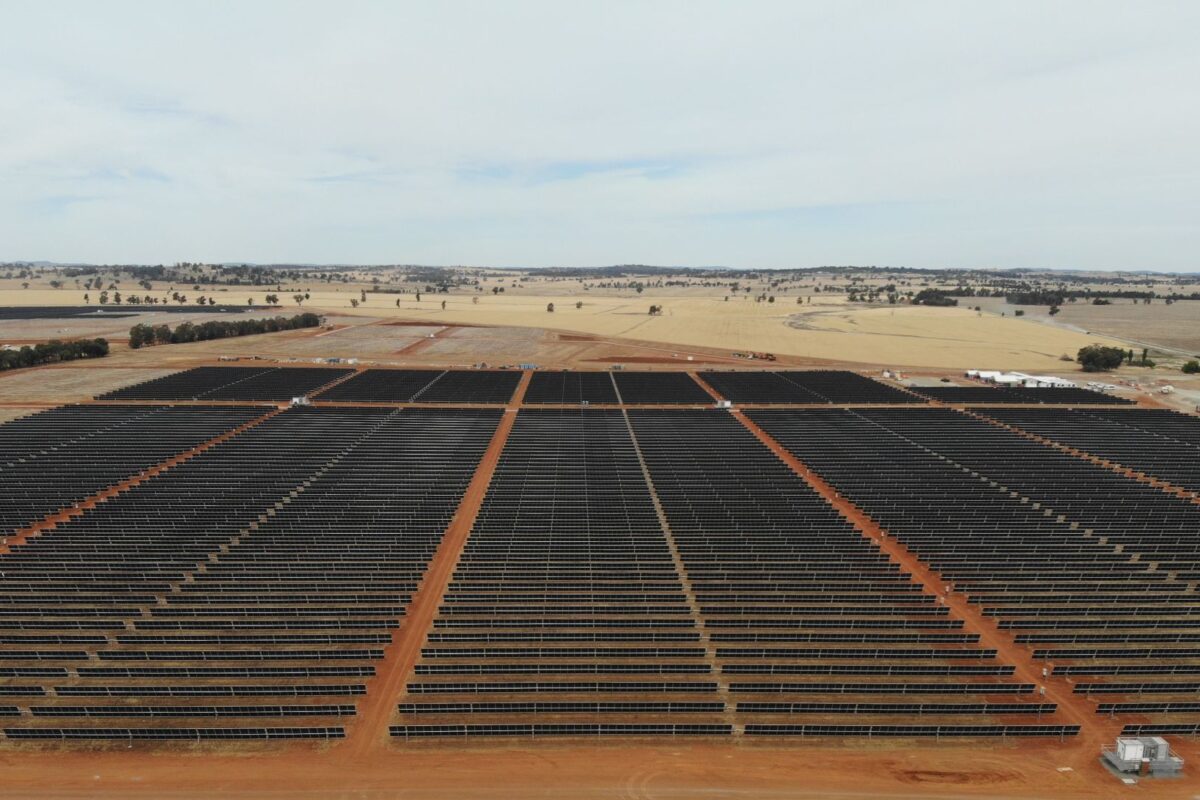


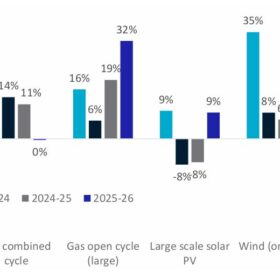
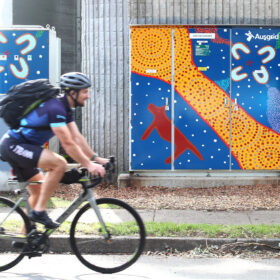
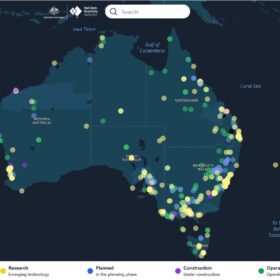
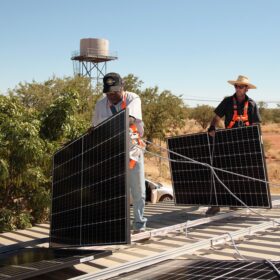
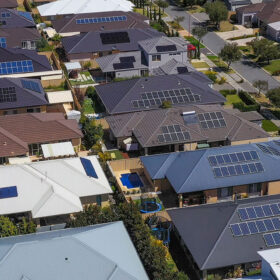
“”Epho’s BTPS technology means tenants don’t have to buy all the solar energy generated by industrial-sized rooftop systems in order for the investment to make sense: “If the tenant moves out, we trade the electricity on the NEM,” says Hartley. “If the tenant needs more power because they want to increase automation of their processes, we can provide more solar.””
Very interesting, this recognizes the stacked value of the energy storage system as a whole. IF the manufacturing facility is using most of the generated power for production or if the company moves on or goes out of business, there is still a connected large scale solar PV generation with energy storage that can be used to address grid demands. More manufacturing and Commercial entities should be this way. Say a particular company observes many days of the year and the plant could be closed down for a day to a week at a time. The solar PV and energy storage is still a source of income, even when the property isn’t running the product line.